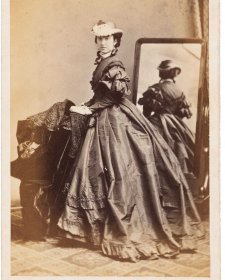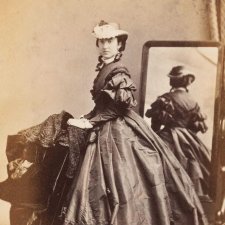John Tebbutt (1834-1916), astronomer, was born into a family of pioneering free settlers and was well educated. In 1861, having long observed the heavens, Tebbutt pinpointed the '1861 comet'. Although there was no means by which he could quickly communicate the news to England, where it became visible about six weeks later, he was acknowledged as its discoverer. In 1862 he was offered the position of New South Wales Government Astronomer, but turned it down. Instead, two years later, he built his own observatory and installed his instruments at home, at the eastern end of Windsor, where his father had purchased land some twenty years before. In 1868 he published his Meteorological Observations made at the Private Observatory of John Tebbutt, Jnr. For more than three decades he continued to publish his findings, as well as a plethora of papers, journal articles and press contributions. In 1881, with the aid of a bigger scope, he discovered another comet; more equipment acquired over the 1880s enabled him to observe and describe further marvels. In 1887 he published the History and Description of Mr Tebbutt's Observatory. When a branch of the British Astronomical Society was established at Sydney in 1895, he became its first president. Having 'retired' in 1904 he was awarded the Jackson-Gwilt Medal of the Royal Astronomical Society in 1905. He published his Astronomical Memoirs in 1908.
Gift of Mike MacPhail 2010
Dr Mike K. MacPhail (1 portrait)



On one level The Companion talks about the most famous and frontline Australians, but on another it tells us about ourselves.



Drawn from the NPG’s burgeoning collection of cartes de visite, Carte-o-mania! celebrates the wit, style and substance of the pocket-sized portraits that were taken and collected like crazy in post-goldrush Australia.



Visit us, learn with us, support us or work with us! Here’s a range of information about planning your visit, our history and more!